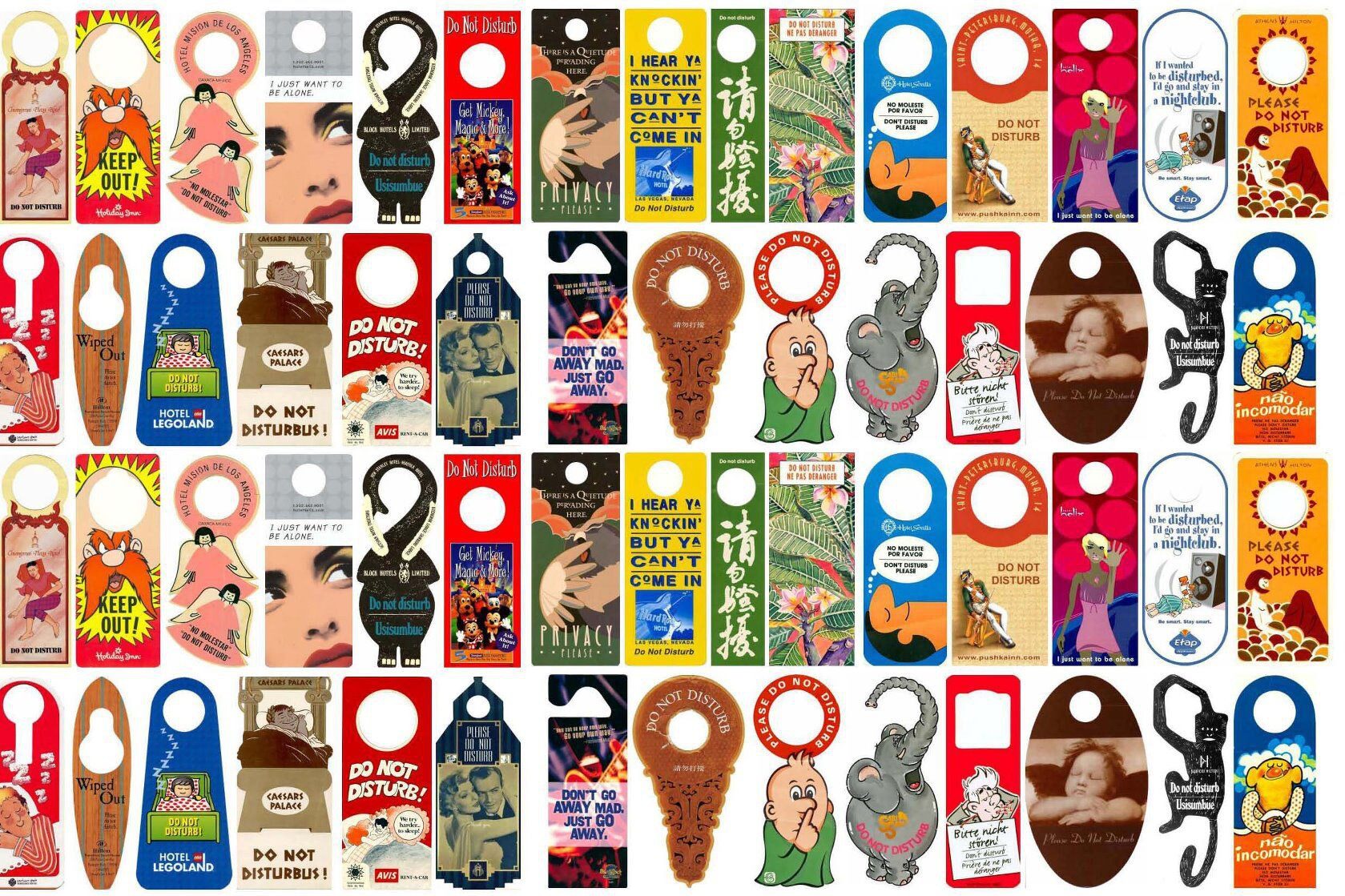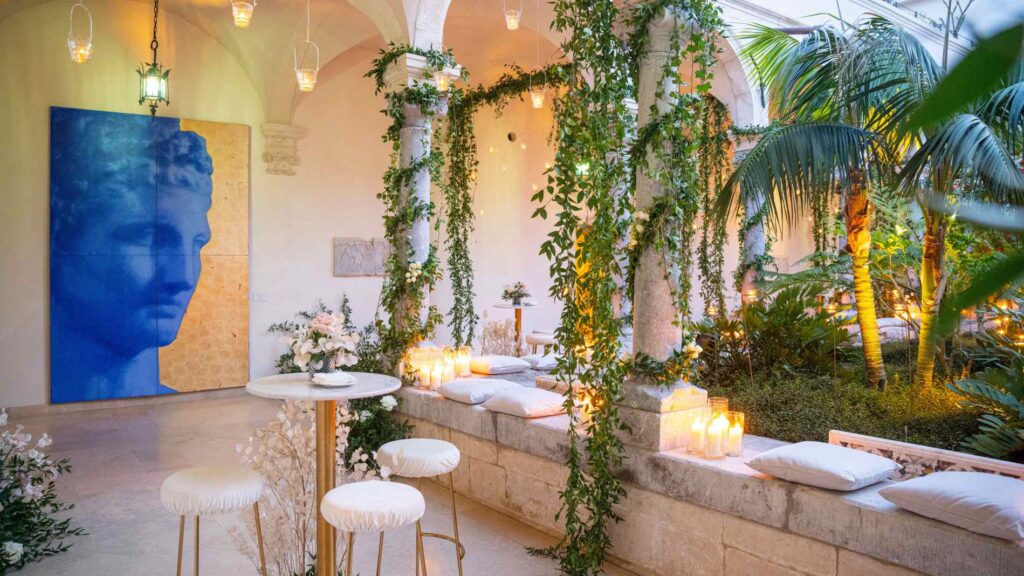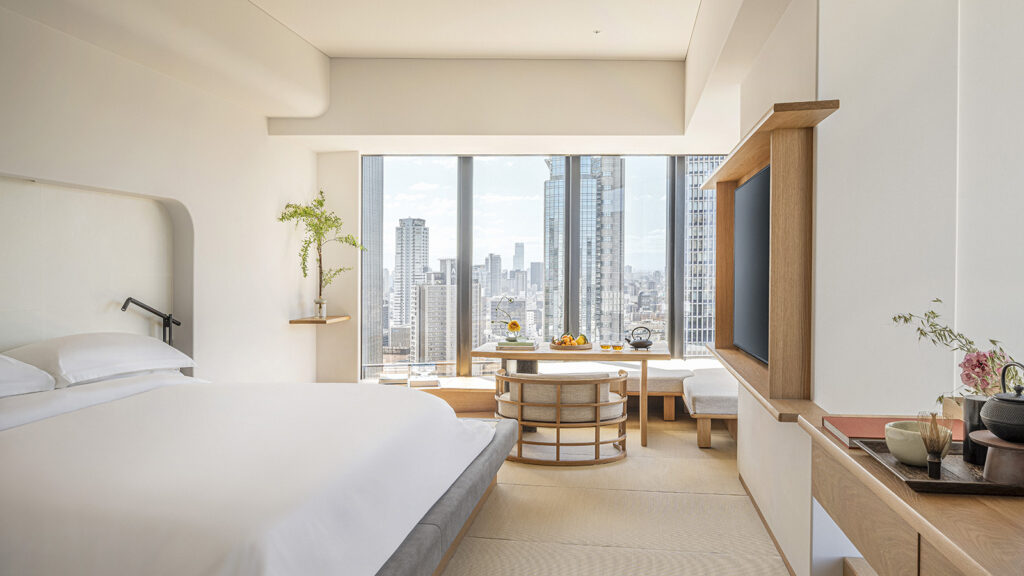The origin of Do Not Disturb signs is not precisely known. According to the internet, there is no exact information on who invented them. However, it is certain that they became popular in the 20th century and likely first appeared in hotels.
The hotel staff is obligated to check rooms every 24 hours, and there are no exceptions – if the sign stays on the door longer, the hotel management, along with security, may enter the room for inspection. But why does this happen?
In fact, this rule emerged relatively recently. On October 1, 2017, a guest at the Mandalay Bay Hotel in Las Vegas started shooting at a crowd attending the Route 91 Harvest music festival in front of the hotel. He fired more than 1000 rounds from the window of his room on the 32nd floor, killed 60 people, and injured at least 413. Due to the ensuing panic, the total number of wounded reached approximately 867 people.
A “Do Not Disturb” sign was hanging on the door of his hotel room for several days before the tragedy, and no one entered the room, allowing him to conceal the ammunition he brought into the hotel.
This story became the tipping point that led to the rule of checking hotel rooms every 24 hours, regardless of whether the DND sign is on the door or not. Although, to be fair, discussions about revising the policy on using the DND sign in hotels had been ongoing earlier. There were cases where some guests turned hotel rooms into methamphetamine labs or engaged in other illegal activities, such as human trafficking and prostitution.
In other way, Do Not Disturb signs contribute to making the hotel stay more pleasant and memorable for guests. These signs can be utilized as a branding element for the hotel, helping to strengthen its visibility and attractiveness.










